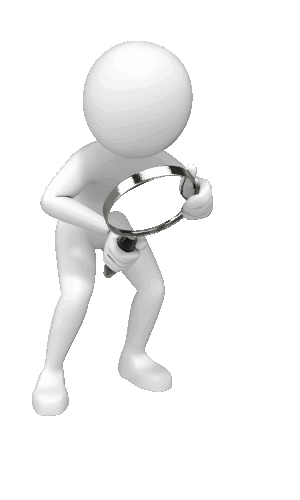Those that are fortunate to experience the presence of a mole, will immediately comment upon the presence of mounds of soil that suddenly appear. Most people will know that the mole is not a large mammal and ponder on just how does such a small creature manage to create such damage and devastation.
To enable Molewatch live to present you with this information about the mole, we have spent many hours watching them, watching us. Our watching has incorporated strategically positioned cameras and microphones to obtain first-hand the private life of this elusive creature. The information we have gained from this study, we will use to explain the life of the mole and to begin we must understand how it not only creates the complex world it lives, but also how it moves around the labyrinth of tunnels.
To begin with let’s look at the mole and how it actually begins to construct the tunnels, and the best way to see this is by releasing a mole above ground and looking how it returns to the sanctuary of the soil. The mole digs by using what is known as a “lateral thrust” It is best seen from above ground but the same process is used below ground.
It turns its front feet to an angle so that the palm is facing out, the fulcrum and the force for the process of the dig comes from the muscle in and around the shoulders. The front arms are extended forward and are level with the head which is also in the forward position. The arms are forced outwards and the head moved to the side to allow for the movement. To
describe this action it would be the same movement if you were to stand in front of a closed pair of curtains and with your hands held at the side of your head with your elbows tight to the side of your chest, you thrust the curtains open. if you try this you will experience only a limited movement. The restriction on this movement is because the moles humerus bones have a limited freedom of movement. They are a wide bone our shoulder blades are wide unlike those of the mole which are thin and run parallel to the spine. The moles scapula bones also have large muscles around them providing immense strength to enable enough force for the claws of the mole to tear and rip at the soil. With lateral thrusts the mole can claw the soil apart and throw it behind its body, by shuffling to one side and then the other, or turning on its side/back, it can soon create an opening to a tunnel and by repeated actions lengthen or deepen the workings to construct the safety it knows.


